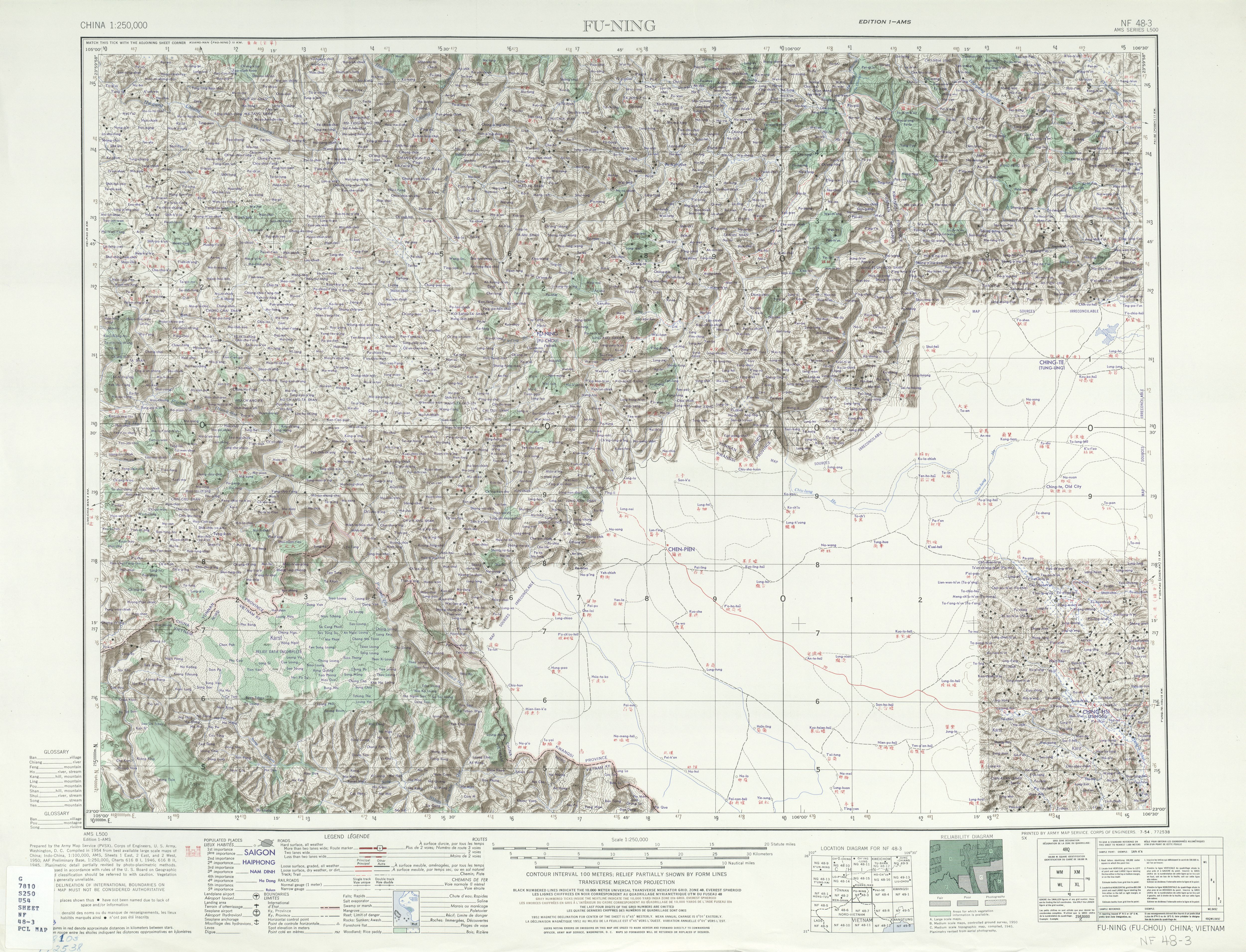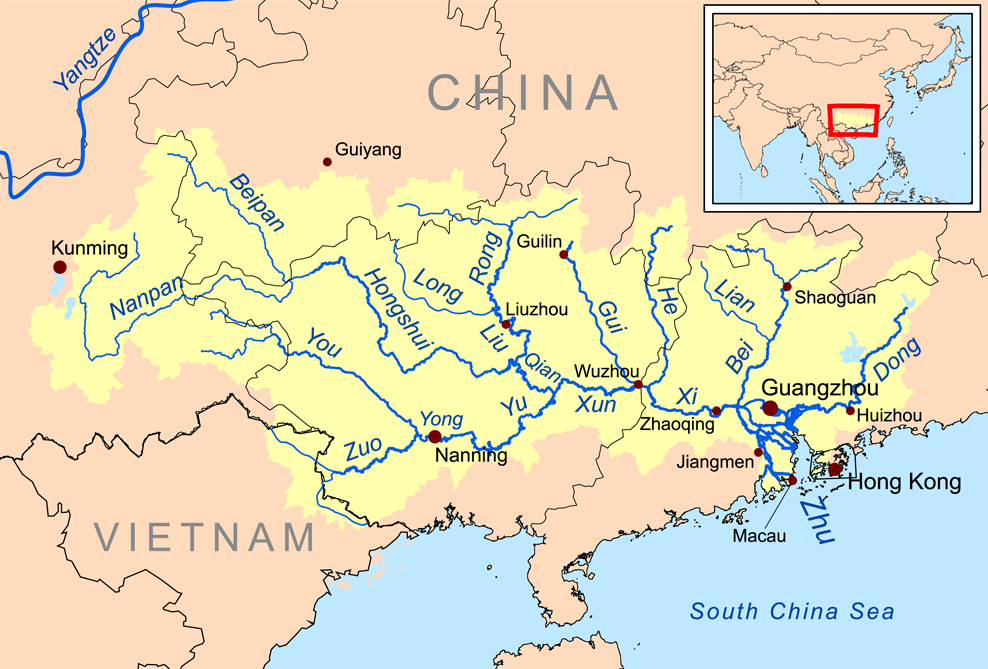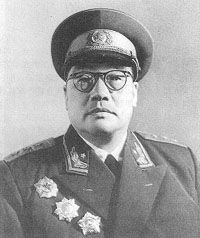|
Tianlin
Tianlin County (; ) is a county in the west of Guangxi, China, bordering the provinces of Guizhou to the north and Yunnan to the south. It is under the administration of the prefecture-level city of Baise. Geography Tianlin County borders Lingyun County and Leye County to the east, Funing County, Yunnan to the south, Xilin County and Longlin County to the west and Ceheng County, Guizhou to the north. Administrative divisions Tianlin County is divided into 5 towns, 5 townships and 4 ethnic townships: ;towns *Leli Town 乐里镇 *Jiuzhou Town 旧州镇 *Ding'an Town 定安镇 *Liulong Town 六隆镇 *Langping Town 浪平镇 ;townships *Pingtang Township 平塘乡 *Nabi Township 那比乡 *Gaolong Township 高龙乡 *Baile Township 百乐乡 *Zhemiao Township 者苗乡 ;ethnic townships *Lucheng Yao Ethnic Township 潞城瑶族乡 *Lizhou Yao Ethnic Township 利周瑶族乡 *Bagui Yao Ethnic Township 八桂瑶族乡 *Badu Yao Ethnic Township 八渡瑶族乡 Demographics Ethnic Yao ... [...More Info...] [...Related Items...] OR: [Wikipedia] [Google] [Baidu] |
Baise, Guangxi
Baise ( zh, c=百色, p=Bǎisè, Bósè; local pronunciation: ), or Bose, is the westernmost prefecture-level city of Guangxi, China bordering Vietnam as well as the provinces of Guizhou and Yunnan. The city has a population of 4.3 million, of which 1.4 million live in the urban area. The name is from Youjiang Zhuang Baksaek, meaning "in, or blocking, a mountain pass". The name Bwzswz is the Zhuang transliteration of the Chinese name. Geography and climate Baise is located in western-northwestern Guangxi bordering Qianxinan Buyei and Miao Autonomous Prefecture (Guizhou) to the north, Qujing and Wenshan Zhuang and Miao Autonomous Prefecture of Yunnan to the west, the Vietnamese provinces of Hà Giang and Cao Bằng to the south and southwest, and the Guangxi cities of Hechi to the northeast/east, Nanning to the east, and Chongzuo to the southeast. It is centrally located between three provincial capitals: Nanning, Kunming, and Guiyang. Its area is and is more than 55% foreste ... [...More Info...] [...Related Items...] OR: [Wikipedia] [Google] [Baidu] |
Li Jinfang
Li Jinfang (; born October 1963 in Tianlin County, GuangxiLi Jinfang ��锦芳 2006. Studies on endangered languages in the Southwest China ��南地区濒危语言调查研究 Beijing: Minzu University.) is a Chinese linguist at Minzu University in Beijing, China China, officially the People's Republic of China (PRC), is a country in East Asia. With population of China, a population exceeding 1.4 billion, it is the list of countries by population (United Nations), second-most populous country after .... Li, an ethnic Zhuang, is a leading specialist in the Kra-Dai languages of southern China, especially the Kra (Geyang) branch. Li's doctoral dissertation focused on the Buyang language, and was published as ''Studies on the Buyang Language'' (, ''Bùyāng Yǔ Yánjiū'') in 1999. Publications Li's ''Studies on endangered languages in the Southwest China'' (, ''Xīnán Dìqū Bīnwēi Yǔyán Diàochá Yánjiū'') describes the following languages. * Buyang * En * Ge ... [...More Info...] [...Related Items...] OR: [Wikipedia] [Google] [Baidu] |
Funing County, Yunnan
Funing County (; Zhuang language: ) is located in Wenshan Zhuang and Miao Autonomous Prefecture, in the southeast of Yunnan province, China. It is the easternmost county-level division of Yunnan, bordering Guangxi to the north, south and east, and Vietnam's Hà Giang Province to the south. Geography Funing is located in the east of Wenshan Prefecture. It borders Youjiang District and Jingxi, Guangxi to the east, Napo County, Guangxi to the south, Guangnan County to the west, Xilin County and Tianlin County of Guangxi to the north, and Malipo County across the Nanli River to the southwest. It also borders the Đồng Văn District and the Mèo Vạc District of Hà Giang Province, Vietnam to the south. Administrative divisions Funing County has 6 towns, 6 townships and 1 ethnic township. ;6 towns ;6 townships ;1 ethnic township * Dongbo Yao Ethnic Township () Ethnic groups Ethnic groups of Funing County include the following. Population statistics are from 1990, and ar ... [...More Info...] [...Related Items...] OR: [Wikipedia] [Google] [Baidu] |
Xilin County
Xilin County (; ) is a county in the northwest of Guangxi, China, bordering Yunnan province to the south and west and Guizhou to the north. It is the westernmost county-level division of the autonomous region and is under the administration of the prefecture-level city of Baise. Geography Xilin is located in western Guangxi. It borders Tianlin County to the east, Qiubei county, Guangnan County and Funing County, Yunnan to the south, Luoping County and Shizong County, Yunnan to the west, and Longlin County and Xingyi, Guizhou to the north. Administrative divisions Xilin County is divided into 4 towns, 1 township and 3 ethnic townships: ;towns *Bada Town 八达镇 *Guzhang Town 古障镇 *Nalao Town 那劳镇 *Mabang Town 马蚌镇 ;township *Xiping Township 西平乡 ;ethnic townships *Puhe Miao Ethnic Township 普合苗族乡 *Nazuo Miao Ethnic Township 那佐苗族乡 *Zubie Yao and Miao Ethnic Township 足别瑶族苗族乡 Climate Ethnic groups The following ethnic grou ... [...More Info...] [...Related Items...] OR: [Wikipedia] [Google] [Baidu] |
Zhuang People
The Zhuang (; ; , , Sawndip: 佈獞) are a Tai-speaking ethnic group who mostly live in the Guangxi Zhuang Autonomous Region in Southern China. Some also live in the Yunnan, Guangdong, Guizhou, and Hunan provinces. They form one of the 56 ethnic groups officially recognized by the People's Republic of China. With the Bouyei, Nùng, Tày, and other Northern Tai speakers, they are sometimes known as the Rau or Rao people. Their population, estimated at 18 million people, makes them the largest minority in China. Etymology The Chinese character used for the Zhuang people has changed several times. Their autonym, "Cuengh" in Standard Zhuang, was originally written with the graphic pejorative , (or ''tóng'', referring to a variety of wild dog).漢典.獞. Chinese. Accessed 14 August 2011. 新华字典, via 中华昌龙网. 字典频道.". Chinese. Accessed 14 August 2011. Chinese characters typically combine a semantic element or radical and a phonetic element. John De ... [...More Info...] [...Related Items...] OR: [Wikipedia] [Google] [Baidu] |
Yao People
The Yao people () or Dao () is a classification for various ethnic minorities in China and Vietnam. Their majority branch is also known as Mien. They originated in the areas around Changsha, which today is the capital of Hunan province. They speak a branch of the Hmong-Mien family of languages and share a strong genetic connection to the Hmong peoples. They are believed to have diverged from the Hmong around 5,800 years ago. They are one of the 56 officially recognized ethnic groups in China and reside in the mountainous southwest and south of the country. They also form one of the 54 ethnic groups officially recognized by Vietnam. They numbered 2,796,003 in the 2010 Chinese census and 891,151 in the 2019 Vietnamese census. An estimated 60,000 Yao of the Iu Mien branch reside in the United States, mostly in the Western coastal states. History China Origin myth The origins of the Yao can be traced back two millennia to Hunan around the Dongting Lake region. According to ... [...More Info...] [...Related Items...] OR: [Wikipedia] [Google] [Baidu] |
Ceheng County
Ceheng County () (Bouyei language: Xeehlauz xianq) is a county in the southwest of Guizhou province, China, bordering Guangxi to the south. It is under the administration of the Qianxinan Buyei and Miao Autonomous Prefecture. Ceheng County borders Wangmo County to the east, Leye County, Tianlin County and Longlin County of Guangxi to the south, Anlong County to the west and Zhenfeng County to the north. Administrative divisions Ceheng County is divided into 3 subdistricts, 9 towns A town is a type of a human settlement, generally larger than a village but smaller than a city. The criteria for distinguishing a town vary globally, often depending on factors such as population size, economic character, administrative stat ... and 1 ethnic township: ;subdistricts *Zhelou 者楼街道 *Nafu 纳福街道 *Gaoluo 高洛街道 ;towns *Pomei 坡妹镇 *Rongdu 冗渡镇 *Yata 丫他镇 *Qiaoma 巧马镇 *Yangba 秧坝镇 *Shuangjiang 双江镇 *Yanjia 岩架镇 *Badu 八渡镇 ... [...More Info...] [...Related Items...] OR: [Wikipedia] [Google] [Baidu] |
Longlin County
Longlin Various Nationalities Autonomous County () is an autonomous county, under the jurisdiction of the prefecture-level city of Baise, in the west of Guangxi, China, bordering Guizhou Province to the north and west. As of 2019, the county's population was 437,907 people. The county is inhabited by several ethnic minorities, including the Miao, Yi, Gelao and Zhuang, who constitute approximately 80% of the county's population. History Present-day Longlin was first incorporated into the Song dynasty in 1253, when it fell under the jurisdiction of Anlongdong as part of the . In 1402, the area was reorganized as Anlong Prefecture, until 1666, when it was again reorganized as . Xilong Prefecture underwent administrative changes in 1729, but otherwise went unchanged until 1912, when the Republic of China was established and the area was reorganized as Xilong County. The area became part of the People's Republic of China in March 1950, and a communist-led local government was ... [...More Info...] [...Related Items...] OR: [Wikipedia] [Google] [Baidu] |
China Meteorological Administration
The China Meteorological Administration (CMA) is the national weather service of the People's Republic of China. The institution is located in Beijing. History The agency was originally established in December 1949 as the Central Military Commission Meteorological Bureau. It replaced the Central Weather Bureau formed in 1941. In 1994, the CMA was transformed from a subordinate governmental body into one of the public service agencies under the State Council.CMA.gov history Meteorological bureaus are established in 31 provinces, autonomous regions and [...More Info...] [...Related Items...] OR: [Wikipedia] [Google] [Baidu] |
Minzu University Of China
The Minzu University of China (MUC) is a national public university in Beijing, China. It is affiliated with the National Ethnic Affairs Commission of China. The university is part of Project 211, Project 985, and the Double First-Class Construction. Minzu University ranked first in China among universities for ethnic minority studies. It aims to be one of the best universities of its kind in the world for inheriting and promoting the excellent culture of all ethnic groups. With the strong support of Chinese government, it has developed rapidly over the years. MUC is one of the most prestigious universities in China in ethnology, anthropology, ethnic economies, regional economics, religion studies, history, dance, and fine arts. Name The Chinese name has the meaning "central ethnic university", suggesting a national-level university focused on serving minority ethnic groups. The old English name translated the ethnic term as "nationalities", based on the term used in German an ... [...More Info...] [...Related Items...] OR: [Wikipedia] [Google] [Baidu] |
Mountain People
Hill people, also referred to as mountain people, is a general term for people who live in the hills and mountains. This includes all rugged land above and all land (including plateaus) above elevation. The climate is generally harsh, with steep temperature drops between day and night, high winds, runoff from melting snow and rain that cause high levels of erosion and thin, immature soils. People have used or lived in the mountains for thousands of years, first as hunter-gatherers and later as farmers and pastoralists. The isolated communities are often culturally and linguistically diverse. Today about 720 million people, or 12% of the world's population, live in mountain regions, many of them economically and politically marginalized. The mountain residents have adapted to the conditions, but in the developing world they often suffer from food insecurity and poor health. They depend on crops, livestock and forest products, and tend to be poor. In the developed world the mo ... [...More Info...] [...Related Items...] OR: [Wikipedia] [Google] [Baidu] |
Yi People
The Yi or Nuosu people (Nuosu language, Nuosu: , ; see also #Names and subgroups, § Names and subgroups) are an ethnic group in South China, southern China. Numbering nine million people, they are the seventh largest of the 55 Ethnic minorities in China, ethnic minority groups recognized by the Government of China, Chinese government. They live primarily in rural areas of Sichuan, Yunnan, Guizhou, and Guangxi, usually in mountainous regions. The Liangshan Yi Autonomous Prefecture is home to the largest population of Yi people within China, with two million Yi people in the region. In neighbouring Vietnam, , there are 4,827 Lô Lô people (a subgroup of the Yi) living in the Hà Giang Province, Hà Giang, Cao Bằng Province, Cao Bằng, and Lào Cai Province, Lào Cai provinces, in the country's north. The Yi speak various Loloish languages, closely related to Burmese language, Burmese. The prestige variety is Nuosu language, Nuosu, which is written in the Yi script. Locatio ... [...More Info...] [...Related Items...] OR: [Wikipedia] [Google] [Baidu] |





